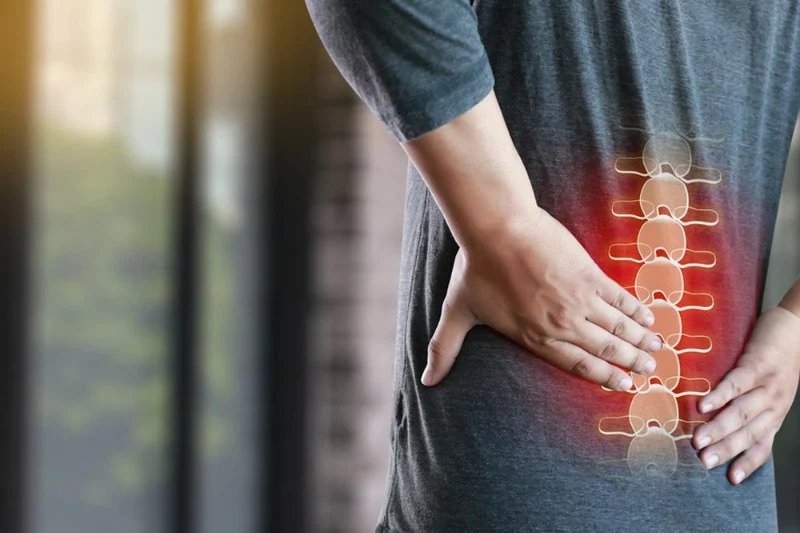
- 1 - Understanding Lower Back Pain and Its Connection to the Spine
- 2 - Causes of Lower Back Pain: The Role of Your Spine
- 3 - Tips for Relieving Lower Back Pain and Supporting Your Spine
- 4 - When to Seek Professional Help for Back Pain
- 5 - Why Choose ChiroScope for Effective Spine Care
1 - Understanding Lower Back Pain and Its Connection to the Spine
Lower back pain is a common issue affecting millions of people worldwide, and it’s often linked to problems within the spine. Understanding the connection between your spine and back pain is crucial in finding the right treatment and preventing future discomfort. Your spine is responsible for supporting the structure of your body, and any issues in its alignment, muscles, or discs can result in pain. In this article, we will delve into the relationship between lower back pain and the spine, as well as how you can address this issue effectively.
2 - Causes of Lower Back Pain: The Role of Your Spine
There are several causes of lower back pain, many of which involve the spine directly. Some common factors include:
- Spinal Misalignment: One of the most common causes of lower back pain is misalignment of the vertebrae in your spine. When the spine is out of alignment, it can place excessive pressure on the muscles and nerves surrounding the spine, leading to pain and discomfort.
- Herniated or Bulging Discs: Your spine contains discs that act as shock absorbers between vertebrae. When these discs become damaged or slip out of place, they can press on nearby nerves, causing intense pain, numbness, or tingling in the lower back.
- Muscle Strain: Muscle strains are another common cause of lower back pain. Poor posture, lifting heavy objects incorrectly, or sudden movements can lead to strained muscles in your lower back.
- Degenerative Disc Disease: Over time, the discs in your spine can wear down, leading to pain in the lower back. This condition is more common with aging but can also result from repetitive stress or injury.
- Spinal Stenosis: This condition occurs when the spinal canal narrows, putting pressure on the nerves. It can cause symptoms like lower back pain, numbness, and weakness in the legs.
3 - Tips for Relieving Lower Back Pain and Supporting Your Spine
If you're experiencing lower back pain, there are several steps you can take to reduce discomfort and improve the health of your spine. Here are some effective tips for relief:
- Practice Proper Posture: Poor posture is one of the main contributors to back pain. Make sure to sit and stand up straight, avoiding slouching, especially when sitting for long periods. Proper posture helps maintain the natural curve of your spine.
- Exercise Regularly: Strengthening the muscles that support your spine can help reduce pain. Focus on exercises that improve core strength and flexibility, such as yoga, Pilates, or swimming. Be sure to stretch regularly to keep your spine flexible and reduce stiffness.
- Use Heat and Cold Therapy: Heat and cold can help relieve inflammation and muscle tension. Apply a cold pack for the first 24-48 hours after an injury to reduce swelling, and then switch to a heating pad to relax tight muscles.
- Take Frequent Breaks: If your job or daily routine involves sitting for long periods, take frequent breaks to stand up, stretch, and move around. Sitting for extended periods can place pressure on your spine and increase discomfort.
- Maintain a Healthy Weight: Extra weight can put unnecessary strain on your lower back. Maintaining a healthy weight through a balanced diet and regular exercise helps reduce pressure on your spine.
4 - When to Seek Professional Help for Back Pain
While many cases of lower back pain can be managed with home remedies, there are times when you should seek professional help. If you experience any of the following symptoms, it’s important to consult a healthcare professional:
- Severe Pain: If your pain is intense and doesn’t improve with rest or over-the-counter medications, it’s time to see a doctor or chiropractor.
- Radiating Pain: Pain that radiates down your legs, especially if it’s accompanied by numbness or tingling, may indicate a nerve issue, such as sciatica.
- Loss of Mobility: If your back pain is affecting your ability to move or perform daily activities, professional care can help you regain mobility.
- Unexpected Weight Loss: If you experience significant weight loss without trying, it could be a sign of an underlying condition that requires immediate attention.
5 - Why Choose ChiroScope for Effective Spine Care
If you’re looking for expert care for your lower back pain, ChiroScope offers tailored solutions that focus on spinal health. Our team of experienced chiropractors can assess your spine and develop a treatment plan that addresses your specific needs, whether it’s spinal adjustments, therapy, or lifestyle advice. We prioritize long-term relief and work with you to improve your overall spinal health.
Don’t let back pain control your life. Contact ChiroScope today to schedule a consultation and learn more about how we can help you alleviate pain and prevent future injuries.
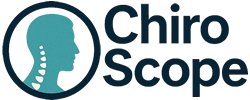
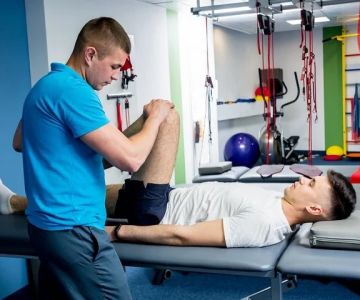
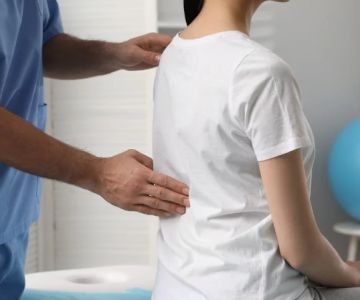
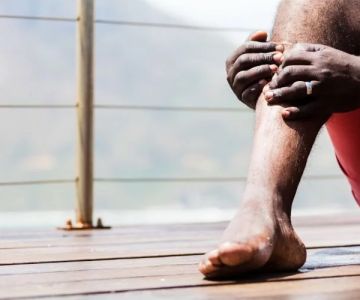

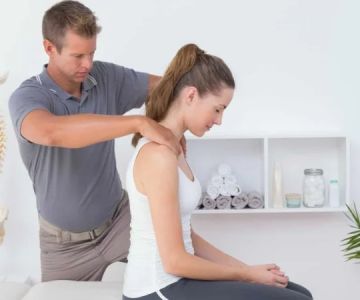

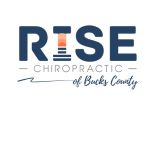 Rise Chiropractic of Bucks County5.0 (36 reviews)
Rise Chiropractic of Bucks County5.0 (36 reviews) Evolution Spine & Sports Therapy, LLC5.0 (39 reviews)
Evolution Spine & Sports Therapy, LLC5.0 (39 reviews)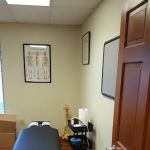 Miami Valley Health and Injury5.0 (4 reviews)
Miami Valley Health and Injury5.0 (4 reviews)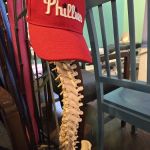 DeSaro Chiropractic Center4.0 (12 reviews)
DeSaro Chiropractic Center4.0 (12 reviews) Axiom Injury & Rehab5.0 (51 reviews)
Axiom Injury & Rehab5.0 (51 reviews)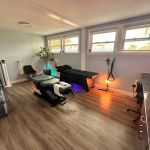 Schappell Edward DC0.0 (0 reviews)
Schappell Edward DC0.0 (0 reviews)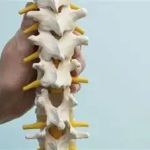 Can Chiropractic Care Solve Your Spinal Alignment Problem?
Can Chiropractic Care Solve Your Spinal Alignment Problem? How Chiropractors Help With Ergonomics and Spinal Health – Why It Works and How It Benefits You
How Chiropractors Help With Ergonomics and Spinal Health – Why It Works and How It Benefits You Chiropractic Advice for Chiropractic Insurance Coverage You Can Start Today
Chiropractic Advice for Chiropractic Insurance Coverage You Can Start Today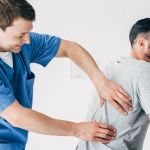 How Chiropractors Help With Chiropractor Benefits and Why It Works
How Chiropractors Help With Chiropractor Benefits and Why It Works The Truth About Chiropractic Insurance Coverage and What Chiropractors Recommend
The Truth About Chiropractic Insurance Coverage and What Chiropractors Recommend Can Chiropractic Care Solve Your Headache Problem? Here's How It Can Help
Can Chiropractic Care Solve Your Headache Problem? Here's How It Can Help